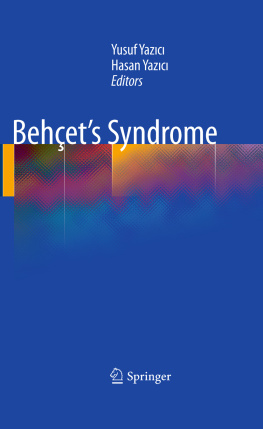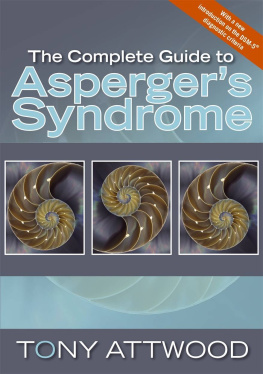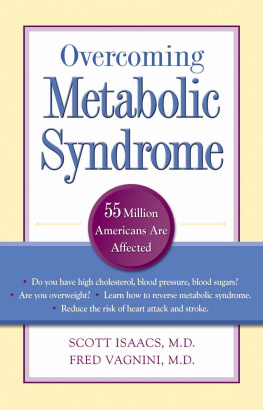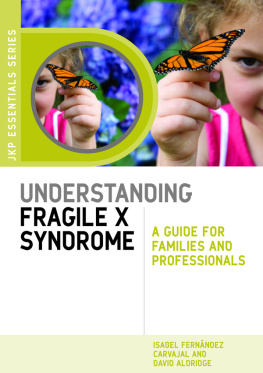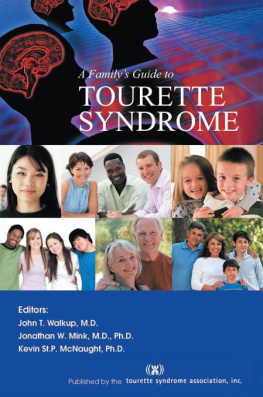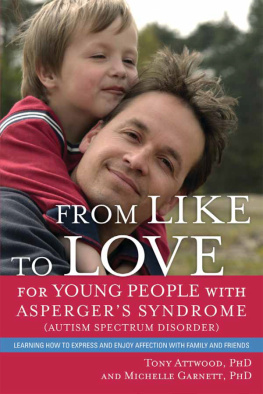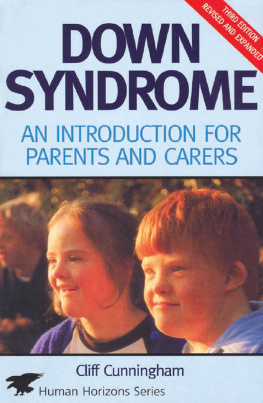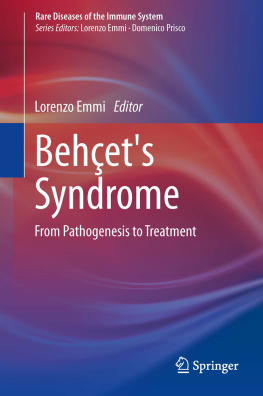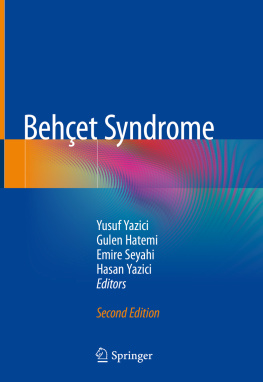Yusuf Yazc and Hasan Yazc (eds.) Behets Syndrome 10.1007/978-1-4419-5641-5_1 Springer Science+Business Media, LLC 2010
1. Introduction: Dedicated Mondays and an Acquaintance-Based View of Behets Syndrome
Abstract
My acquaintance with Behets syndrome started almost 35 years ago when, after training in internal medicine and rheumatology, I came back to Istanbul from the United States, with an acquired taste to collect data along with a learned joy in teasing, discussing, and presenting what I have collected. Since 1977, a group of colleagues at the Cerrahpaa Medical School of University of Istanbul where Professor Hulusi Behet had initially described the syndrome have been dedicatedly trying to manage the care of, now up to some 8,000, patients with Behets syndrome. This is our multidisciplinary (rheumatologists, dermatologists, ophthalmologists regularly and neurologists, vascular surgeons, and pathologists as needed) and dedicated Monday clinic where we tend to see about 6080 patients every week. We feel privileged to listen to their problems, advise and prescribe the necessary, and collect data. Our privilege turns into pride when we remember that more than a half of the, about two dozen, controlled clinical drug trials in Behets syndrome have been conducted in this unit (see Chap.19). I am indebted to all of my dedicated Monday colleagues, as well as other world experts who have contributed to the fine book at hand. Their views in their respective chapters are, by necessity, evidence-based. I like to think, on the other hand, having been invited to write an introductory chapter by a co-editor, who is also my son, entitles me, even if briefly to side step evidence and enjoy acquaintance.
My acquaintance with Behets syndrome started almost 35 years ago when, after training in internal medicine and rheumatology, I came back to Istanbul from the United States, with an acquired taste to collect data along with a learned joy in teasing, discussing, and presenting what I have collected. Since 1977, a group of colleagues at the Cerrahpaa Medical School of University of Istanbul where Professor Hulusi Behet had initially described the syndrome have been dedicatedly trying to manage the care of, now up to some 8,000, patients with Behets syndrome. This is our multidisciplinary (rheumatologists, dermatologists, ophthalmologists regularly and neurologists, vascular surgeons, and pathologists as needed) and dedicated Monday clinic where we tend to see about 6080 patients every week. We feel privileged to listen to their problems, advise and prescribe the necessary, and collect data. Our privilege turns into pride when we remember that more than a half of the, about two dozen, controlled clinical drug trials in Behets syndrome have been conducted in this unit (see Chap.19). I am indebted to all of my dedicated Monday colleagues, as well as other world experts who have contributed to the fine book at hand. Their views in their respective chapters are, by necessity, evidence-based. I like to think, on the other hand, having been invited to write an introductory chapter by a co-editor, who is also my son, entitles me, even if briefly to side step evidence and enjoy acquaintance.
I have to admit that the first ever scientific talk I attended on Behets syndrome was not at home in Istanbul but in Toronto in 1973 [] by Desmond ODuffy. As a first year rheumatology fellow at Creighton University, Omaha, Nebraska, I carefully listened to Dr. ODuffy from the Mayo Clinic present his diagnostic criteria based on a couple of dozen patients. I was up once he finished and said Your criteria might indeed work but we first have to test whether these criteria can tell Behets from in grown toe nails. There were some gasps and hisses and then somebody from the back of the room in a very distinct English accent said: The gentleman from Omaha is begging the issue. One has to start somewhere. That was the totality and the end of the formal discussion.
Fifteen years later in an after dinner talk in our apartment in Istanbul Dr. Colin Barnes, the author of the next chapter, suddenly said Hasan, I see you keep using the ODuffy criteria in your papers. You now have several hundred patients attending your clinic. Why dont you formulate your own criteria? I replied You see I have reason to suspect Dr. ODuffy reviews everything I send to better journals, and added: Furthermore, many years ago when I had expressed my rather blunt views about these criteria I was promptly silenced by this English physician. There was a big laughter Hasan we did not know each other then. I was that Englishman With this, and the expert help of Professor Alan Silman, started our international effort to formulate the now widely used ISBD criteria [).
On the other hand, criteria for Behets are still a hot issue. At every international meeting of ISBD there are almost always big egos and debates for change and improvement. Rather recently, it dawned on me that perhaps we all had the wrong approach to formulating such criteria. The sophisticated view for some years has been that all disease criteria at hand including those for Behets have been classification rather than diagnostic criteria []. They are good to describe groups of patients, hence better suited for research purposes, rather than to make a diagnostic decision in an individual patient. Diagnostic criteria, on the other hand, are what are required for this decision.
But how does one make strictly diagnostic criteria? Or even better, do we know of any good diagnostic, as distinct from classification criteria for any disease of unknown etiology and nonspecific pathology? I venture, no. The cerebral and, therefore, the arithmetic process are identical. Both depend on the Bayes theorem which says that posttest odds of a disease is the product of the pretest odds multiplied by the likelihood ratio (PosTO = PreTO LR) []. The higher this frequency the more a set of criteria becomes diagnostic. On the other hand, in many instances criteria that are not specific enough can be used for diagnosis as well. For example, in an epidemic of swine flu physicians with good conscience can declare any cold as the flu and prescribe oseltamivir for the patient, knowing that they will also be giving oseltamivir to many more number of patients who do not have the flu.
I think it is time we reconsider our continuous effort to make universal classification/diagnostic criteria for identifying rare conditions such as Behets or Wegeners [) are very different from a rheumatologist trying to the same among a more exhaustive list of connective tissue diseases and vasculitides. This is exactly why I say criteria should be tailored to the practice setting.
Another important aspect of my acquaintance with Behets syndrome is whether it is a seronegative spondarthritis, another subject of considerable debate. Every seasoned rheumatologist knows that Behets had been included among the seronegative spondarthritides in the seminal paper by Moll et al. back in 1974 [] The answer was no as most students of Behets syndrome currently accept.
The issue of whether Behets syndrome belongs to the spondarthritides has recently rekindled. Following the initial work of our Israeli colleagues [] in our effort to better understand the yet enigmatic disease mechanism (s).
Splitting versus lumping around Behets syndrome is not confined to the issue of its being or not being a seronegative spondarthritis. For many years, Behets has been considered as an autoimmune disease like systemic lupus or rheumatoid arthritis with the primary aberration in the T and/or B cell repertoire. After many and very qualified efforts no single or a reproducible group of immunologic aberrations could be pinpointed. This led to a slow but a firm getting away from the autoimmune disease concept and for the last 2 decades it is in vogue to classify it with the vasculitides, more of a morphological rather than a functional approach. More recent is the effort to lump Behets with the autoinflammatory diseases [].

